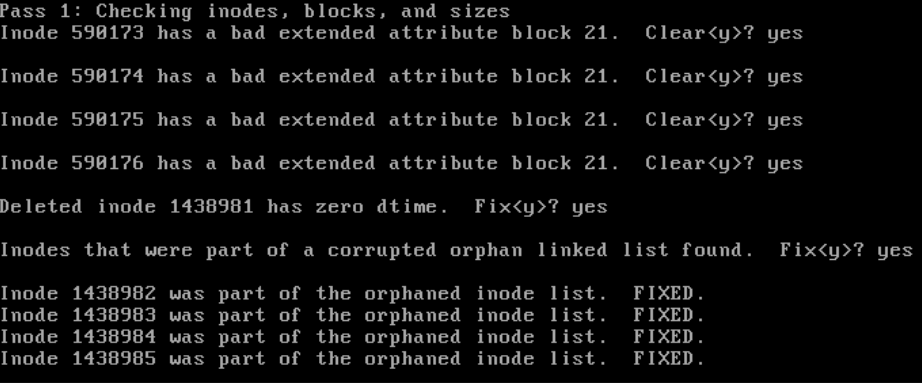FSCK (File System Consistency Check) is a system utility in Linux used to check and repair filesystem inconsistencies. It examines your filesystem for potential problems like corrupted files, broken links, or incorrect directory structures. It basically,performs a health check-up on your filesystem.
Common scenarios where you might need fsck:
After an unexpected system shutdown or power failure When your system isn’t booting properly If you notice files becoming corrupted As part of regular system maintenance

Different Methods to Run fsck
Method 1: Direct Command Line Usage
Before running fsck on any partition, ensure it’s not mounted. This is crucial to prevent data corruption.
First, unmount the partition:
sudo umount /dev/sdb
It’s recommended to start with a dry run, which shows potential errors without making any changes:
sudo fsck -N /dev/sdb1
After reviewing the issues, you can proceed with the actual repair. There are two main options:
- Using
-yto automatically answer “yes” to all prompts:sudo fsck -y /dev/sdb1 - Using
-pfor a safer automatic repair that only fixes issues that can be safely resolved:sudo fsck -p /dev/sdb1
Once repairs are complete, remount the partition:
sudo mount /dev/sdb1
Method 2: Force Check on Reboot
You can trigger fsck to run automatically during the next system boot:
- Create a force check file:
sudo touch /forcefsck - Reboot your system. fsck will run automatically during startup.
- After reboot, verify that the
/forcefsckfile has been automatically removed.
Method 3: Configure Regular Checks via /etc/fstab
You can configure automatic filesystem checks through the /etc/fstab file. Here’s an example configuration:
# [File System] [Mount Point] [File System Type] [Options] [Dump] [PASS]
/dev/sda1 / ext4 defaults 0 1
/dev/sda2 /home ext4 defaults 0 2
The last number (PASS) determines the fsck check order:
0: Skip filesystem check1: Check first (typically used for root filesystem)2: Check after priority 1 filesystems (used for other filesystems)
Best practices:
- Root filesystem (
/) should have PASS value1 - Other filesystems should have PASS value
2 - Set PASS to
0for filesystems you don’t want to check
Important Notes
- Always backup important data before running filesystem repairs
- Never run fsck on mounted filesystems
- For system partitions, it’s safer to run fsck from a live USB/CD
- Modern journaling filesystems like ext4 typically require fsck less frequently
For more Linux tutorials and tips, check out our Linux section.
